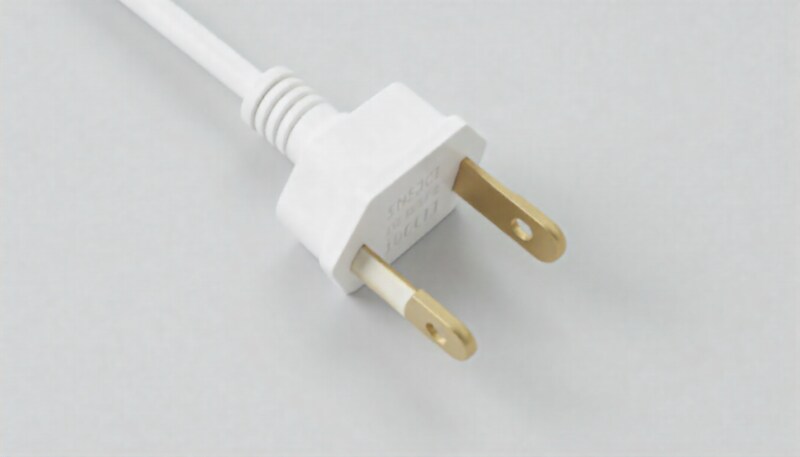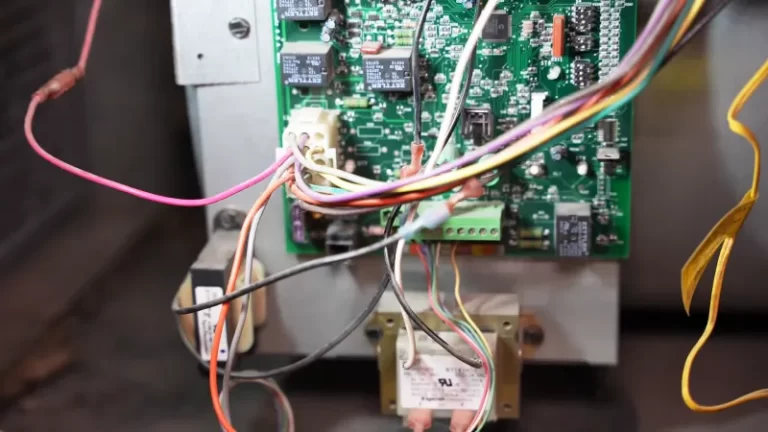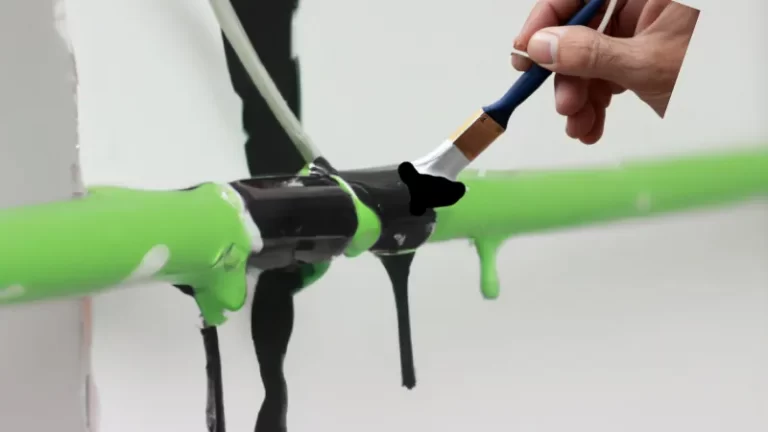Extension Cord Without Wide Prong? The Shocking Truth You Must Know
You have a device, an open outlet, and an extension cord. It should be simple, but one of the prongs on your cord is wider than the other, and it won’t fit into your older two-slot outlet. Or perhaps you’re trying to plug a lamp into the end of a string of lights, only to be stopped by that same wide prong.
This common frustration is more than just an inconvenience; it’s a critical safety feature at work. Understanding why that prong is wider and what to do when it doesn’t fit is essential for protecting your home, your devices, and yourself from serious electrical hazards. Simply searching for an “extension cord without a wide prong” might lead you down a dangerous path.
You'll Learn About
What Is the Wide Prong on a Plug, Anyway?
That wide prong on a modern plug is the neutral prong. Its larger size is the key to what’s called polarization, a fundamental safety feature in North American electrical systems. To understand this, we need to look at the basic wiring of an outlet.
Every standard 120-volt circuit has two main wires: a “hot” wire that carries the electrical current from the power source and a “neutral” wire that completes the circuit by returning the current to the source. The wider slot in a modern outlet is connected to the neutral wire, while the narrower slot connects to the hot wire.
The Critical Safety Job of Polarization
A polarized plug, with its one wide and one narrow prong, can only be inserted into an outlet one way. This ensures that the hot and neutral wires of the appliance always connect to the corresponding hot and neutral wires in the wall. This is crucial for safety.
Imagine a simple lamp. Its on/off switch is designed to interrupt the flow of electricity on the hot wire. When you turn the lamp off, the switch creates a break in the hot connection, stopping the current from reaching the bulb socket. Because the plug is polarized, you can be confident the switch is doing its job correctly. If you could plug it in backward, the switch might be on the neutral side, meaning the bulb socket would remain electrically charged even when the lamp is “off,” creating a serious shock hazard if you touch it while changing the bulb.
An extension cord without a wide prong is called a non-polarized extension cord. These cords have two identical, narrow prongs and can be plugged in either way. While they were common in the past, their use is now limited to specific types of devices.
The Dangers of Defeating Polarization: What You Must Never Do
Faced with a polarized plug that won’t fit, some people are tempted to take matters into their own hands. This often involves filing, cutting, or bending the wide prong to force it into a non-polarized outlet or cord.
Under no circumstances should you ever modify the prongs of a plug. Doing so completely defeats the polarization safety feature. Inserting a modified plug incorrectly can make the external metal parts of an appliance live with electricity, even when it’s switched off. This creates a severe risk of electric shock, short circuits, and fire.

The solution is not to find an unsafe cord or dangerously modify a safe one. The solution is to address the root of the problem: the outdated outlet or the incorrect application.
Safe and Correct Solutions for Two-Prong Outlets
If your home has older, two-prong, non-polarized outlets, you have several safe options to accommodate modern, polarized plugs. The answer is not a different extension cord, but a better outlet.
Solution 1: The Best and Safest Option — GFCI Outlets
The most effective and safest solution for an ungrounded, two-prong outlet is to replace it with a Ground-Fault Circuit Interrupter (GFCI) outlet. A GFCI outlet is a marvel of safety engineering that monitors the flow of electricity in a circuit.
It measures the current going out on the hot wire and coming back on the neutral wire. If it detects even a tiny imbalance (as small as 5 milliamps), it assumes the current has found an alternate path—like through a person—and instantly shuts off the power. This can prevent a fatal shock.
Crucially, a GFCI provides this shock protection even without a ground wire. When an electrician installs a GFCI outlet on an ungrounded circuit, they are required by the National Electrical Code (NEC) to apply a sticker that says “No Equipment Ground.” This allows you to safely plug in three-prong and polarized plugs.
Solution 2: Replacing with a Modern Polarized Outlet (With a Caveat)
Another option is to replace the old two-prong outlet with a modern polarized one that has the correct-sized slots. However, this is only a safe option if you can verify that the outlet box is wired with correct polarity (the neutral wire is connected to the correct terminal). An electrician can test for this.
Without correct polarity in the wall, the new polarized outlet offers a false sense of security. Making upgrades to your home’s infrastructure, whether it’s understanding waterproofing methods like in a Red Guard vs. Kerdi comparison or ensuring electrical safety, requires careful attention to detail.
Solution 3: Full Rewiring (The Ultimate Fix)
For the highest level of safety, especially in an older home, the ultimate solution is to have a qualified electrician rewire the circuits with modern, grounded wiring. This allows for the installation of standard three-prong outlets, which provide both polarization and grounding for superior protection. This is a significant undertaking but is the best long-term investment in your home’s safety.
Choosing and Using Any Extension Cord Safely
Whether polarized, non-polarized, or grounded, every extension cord must be used correctly. An extension cord is a temporary solution; it is not a substitute for permanent wiring. Heavy reliance on extension cords is a sign that you need more outlets installed by an electrician.
Understanding Extension Cord Ratings
Before using any extension cord, you need to ensure it can handle the electrical load of the device you’re plugging into it. This involves understanding three key ratings: gauge, amperage, and wattage.
- Gauge (AWG): This refers to the thickness of the wire inside the cord. It’s an inverse scale, meaning a lower gauge number indicates a thicker wire that can carry more current safely. A 12-gauge cord is more heavy-duty than a 16-gauge cord.
- Amperage (Amps): This is the maximum amount of electrical current the cord can safely handle.
- Wattage: This is the total power the cord can handle (Watts = Volts x Amps).
Always choose a cord with an amperage and wattage rating that is equal to or greater than the appliance you are powering. Using an undersized cord can cause it to overheat, melt, and become a serious fire hazard.
Extension Cord Types and Their Uses
Understanding the different types of extension cords and their intended uses is critical for safety and proper function.
| Cord Type | Plug Characteristics | Best For | Safety Level |
|---|---|---|---|
| Non-Polarized | Two prongs of the same size. | Small, “double-insulated” devices with non-polarized plugs (e.g., some phone chargers, small fans). | Basic. Lacks the safety feature of polarization. |
| Polarized | Two prongs, one wider (neutral) than the other (hot). | Lamps, clocks, and other two-prong appliances that require polarization for safety. | Good. Ensures correct hot-neutral alignment, reducing shock risk. |
| Grounded | Two flat prongs (polarized) plus a round ground pin. | Power tools, kitchen appliances, computers, and any device with a three-prong plug. | Best. Provides polarization and a direct path to ground in case of a fault, offering the highest level of protection. |
Additional Safety Tips
- Check for Certification: Only use cords that have been tested and approved by a recognized safety laboratory like UL (Underwriters Laboratories) or ETL.
- Inspect Before Use: Never use a cord that is cracked, frayed, or has exposed wires.
- Indoor vs. Outdoor: Use only cords specifically marked for outdoor use when you’re outside. They are built to withstand moisture and sunlight.
- Don’t Overload: Never plug more than one major appliance into a single extension cord or power strip.
- Avoid “Daisy-Chaining”: Do not plug extension cords into one another. This can overload the circuit and create a fire risk.
- Placement Matters: Do not run cords under rugs, through doorways, or in high-traffic areas where they can be damaged or become a trip hazard. Just as you’d want to create a safe, fully enclosed shower to contain water, you should manage cords to contain electrical risk.
Managing home services and utilities, from electrical safety to mail delivery, often involves understanding specific rules. It’s similar to knowing the logic for why a mailbox might be located across the street; there are underlying regulations for safety and efficiency.
Conclusion: Prioritize Safety Over Convenience
The search for an “extension cord without a wide prong” often stems from a compatibility issue with older home wiring. However, the solution isn’t to find a less safe cord or to defeat the safety features of a modern plug. That wide prong is a vital protector against electrical shock.
The correct and safe approach is to upgrade the point of connection. Installing a GFCI outlet provides modern shock protection even on an ungrounded circuit and is a cost-effective, code-compliant solution. For any electrical work, always consult with and hire a licensed electrician to ensure the job is done safely and correctly.
When it comes to electricity, there is no room for compromise. Never modify a plug, always use the correct cord for the application, and treat electrical safety with the seriousness it deserves. Your home and your well-being depend on it.


